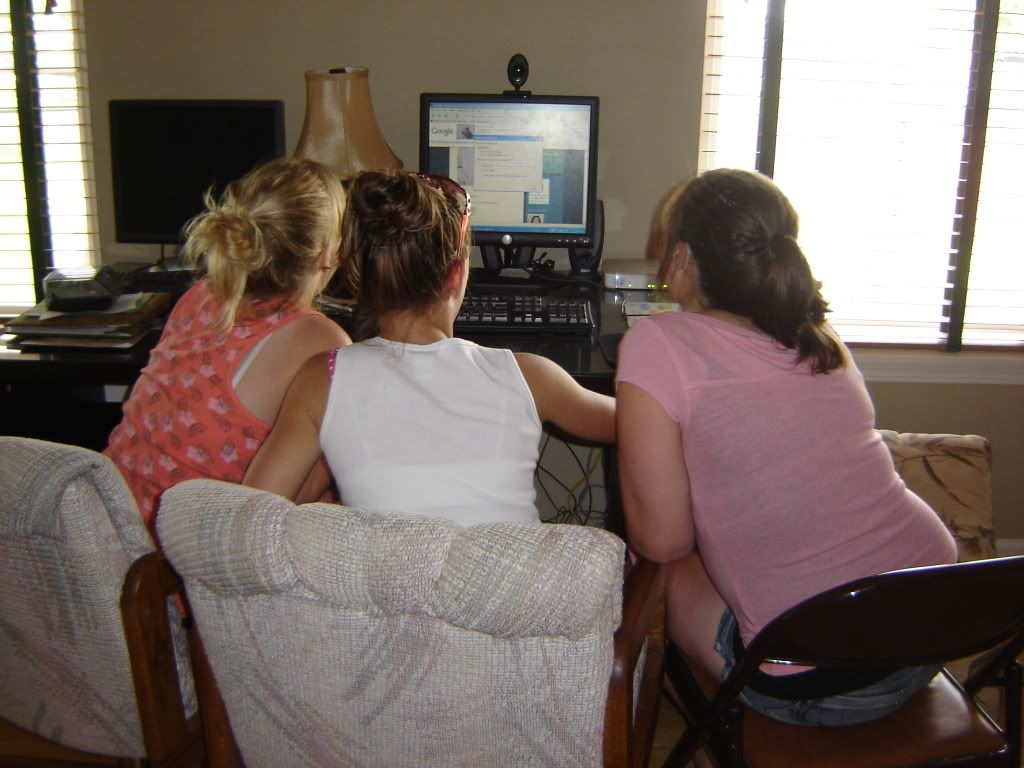“Mom, can I write all over the wall in my bedroom?”
My daughter, Lauren, came up with this idea of writing inspirational quotes and pieces from her favorite songs all over her bedroom wall. After a short discussion, I told her to go for it. I forgot to consult the hubby on this one. He was a little taken back when he first stepped in her room and found her writing on the wall, (Do you know how hard it is to paint over permanent marker!!) but after reading some of the inspirations, he agreed it was a good thing.
Lauren didn’t do the project by herself, she invited others to share their bits of inspiration too. So of course, my favorite quote went up on the wall. The kids know it well, I’ve been preaching it to them for several years now:
“Why are you trying so hard to fit in when you were born to stand out.”
— From the movie, “What a Girl Wants.”
From the time that I first lost my hearing in elementary school, I tried hard to fit in, blend in, and fly under the radar. I became the Queen of Bluffing— learning how to laugh at the right moment and nod along in conversation– without understanding a thing. I developed elaborate strategies to get through the school day. “I was spacing out, what’s the homework?” I’d ask the student next to me. In English class, the teacher had us read paragraphs from a book– I’d count the number of students ahead of me, watch each of them like hawk to see where they finished each paragraph and then when it was my turn, I knew where to start reading. If there was a discussion, I made sure to chime in with my opinion first, because I couldn’t follow the conversation and I didn’t want to say something that was already said.
That’s why I always say that going deaf was a blessing. That was the process of learning to accept myself and embrace myself. That’s when I stopped trying so hard to fit in, and began to celebrate standing out. God gives each one of us unique gifts and a journey that is like no other, so why would we want to live someone else’s life?
When my own kids started sporting hearing aids, we picked some “stand out” colors so that there was no mistaking the ornaments perched in their ears. Lauren and I picked out matching earmolds one year– pink glitter for her and blue glitter for me. And to my surprise, even after all my efforts of getting my kids comfortable with being deaf and hard of hearing, they still went through their own journey of wanting to fit in, blend in and fly under the radar. The wild colors were replaced with plain, clear earmolds. Hair grew over their ears. I had to learn to back off as a mom and let them experience that. Soon enough, they became comfortable again in standing out.
Our kids were born with a different ability, as Lee Woodruff says in her book, Perfectly Imperfect.
And we should celebrate that difference. But you’ve got to get into a place where you’re really comfortable being deaf/hard of hearing before you can celebrate that difference. And therein lies the challenge– getting folks comfortable in their own skin. I think back to my elementary and teen years– I spent way too much time trying to be a poor imitation of a person who could hear instead of the best “me” I could be. At a recent closing plenary, I shared my journey and the “You were born to stand out,” quote.
One parent came up to me afterwards. “I’ve been telling my kid how ‘normal’ he is and that he’s just like everyone else. He’s miserable being ‘different’ and wants desperately to fit in with others. I’m going home today with your message– and I’m going to celebrate him instead!”


 As I was driving home from the mall today, I watched the six kids in the back as they chatted with each other. The two high school boys were conversing using mostly their voice, with some signs thrown in. The three girls were animatedly using American Sign Language. Eyebrows arched, shoulders shrugged and cheeks puffed as they skipped through conversations about residental school, camp and their plans for the night.
As I was driving home from the mall today, I watched the six kids in the back as they chatted with each other. The two high school boys were conversing using mostly their voice, with some signs thrown in. The three girls were animatedly using American Sign Language. Eyebrows arched, shoulders shrugged and cheeks puffed as they skipped through conversations about residental school, camp and their plans for the night.